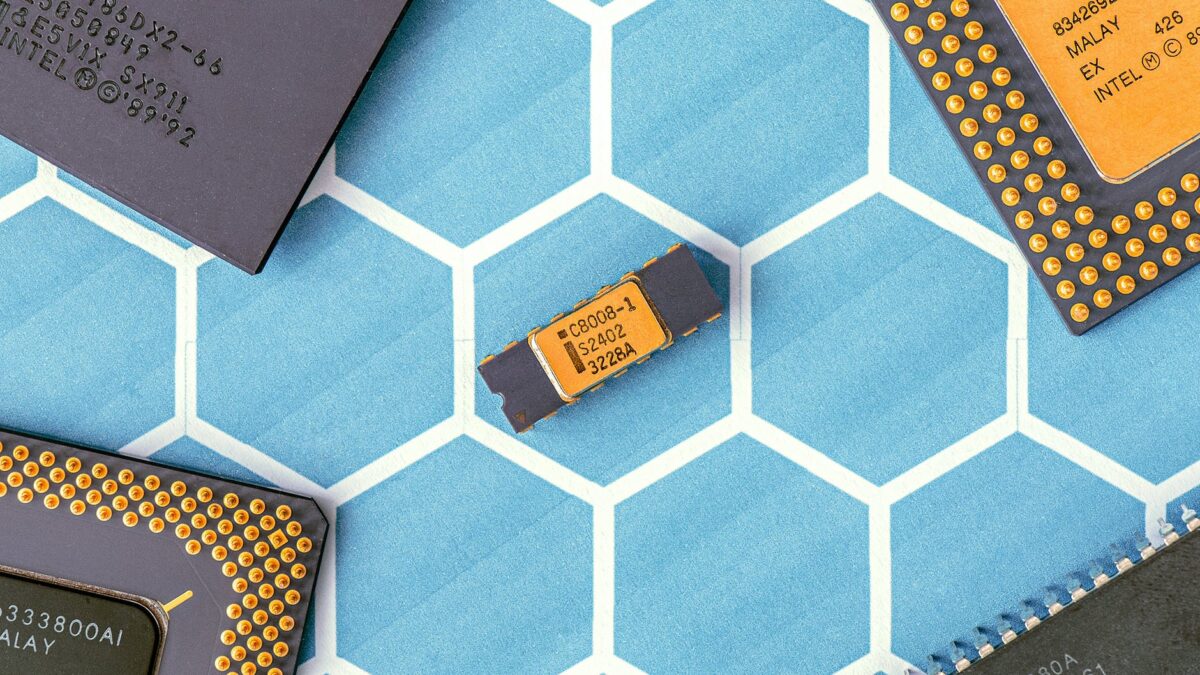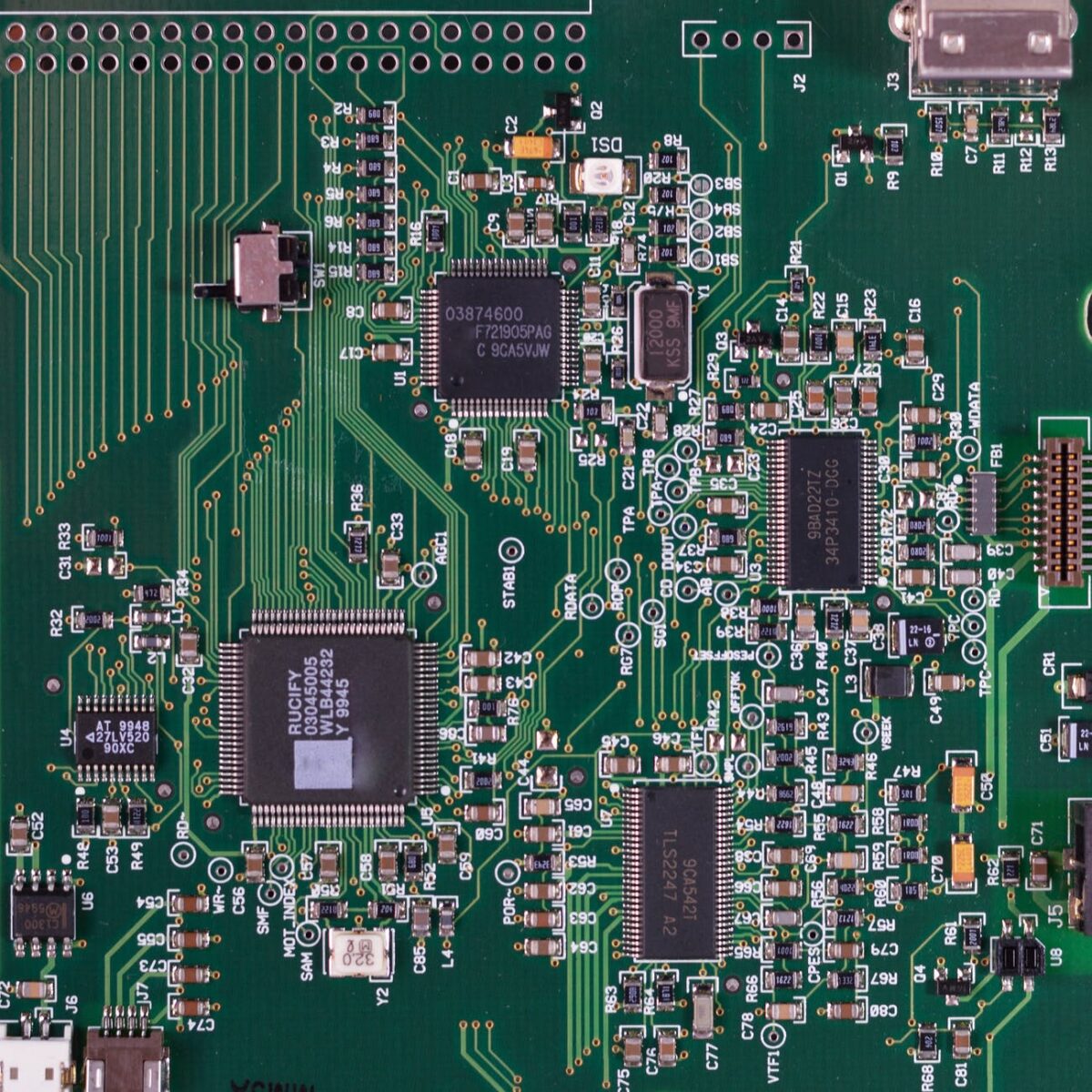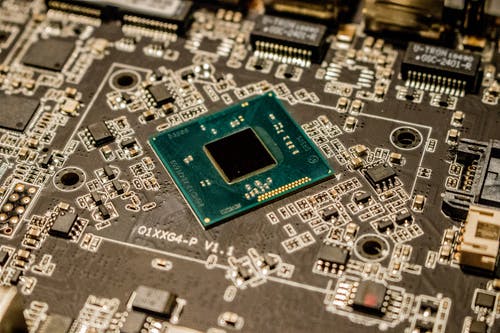Global chip shortage to impact electronic retailers holiday season
The holiday season usually marks the start of an electronics sales boon for retailers. Consumers buy more electronics in the lead up to Christmas than at any other time of the year. This year, however, things are different.
This holiday season, the global chip shortage is set to impact electronic retailers, with shortages of popular products like games consoles, graphics cards, smartphones, laptops and tablets likely to persist through to 2022.
Due to problems buying stock, most retailers are bracing themselves for low Christmas electronics goods sales. The global chip shortage means fewer electronics goods are being made, so there is a long lead time from suppliers – some retailers are waiting several months for new stock, only for it to sell out within days.
Consumers should start holiday shopping now
Chips are in critically short supply this year, which has reduced manufacturing output at many of the world’s biggest factories.
Companies like Samsung, Apple, Intel and AMD are experiencing problems getting the chips they need. Today, some chips have delays of over a year, and inventory supplies for chips are running low, putting pressure on supply chains.
All of this means there is a shortage of in-demand electronics goods, from games consoles to smartwatches. The message is simple – consumers should start holiday shopping now to ensure they can get hold of the electronics they want.
It is also crucial that consumers don’t take stock levels for granted. What’s in stock today might be out of stock tomorrow, and many retailers have lead times of several months for new stock. So, if you need it, you should buy it while you can.
Is the chip shortage being blown out of proportion?
We are so used to next-day Amazon delivery and seeing shiny electronics on store shelves that chip shortages appear to be a fantasy.
However, the chip shortage is real – manufacturers are struggling to create enough chips, and suppliers can’t get hold of the inventory they need.









